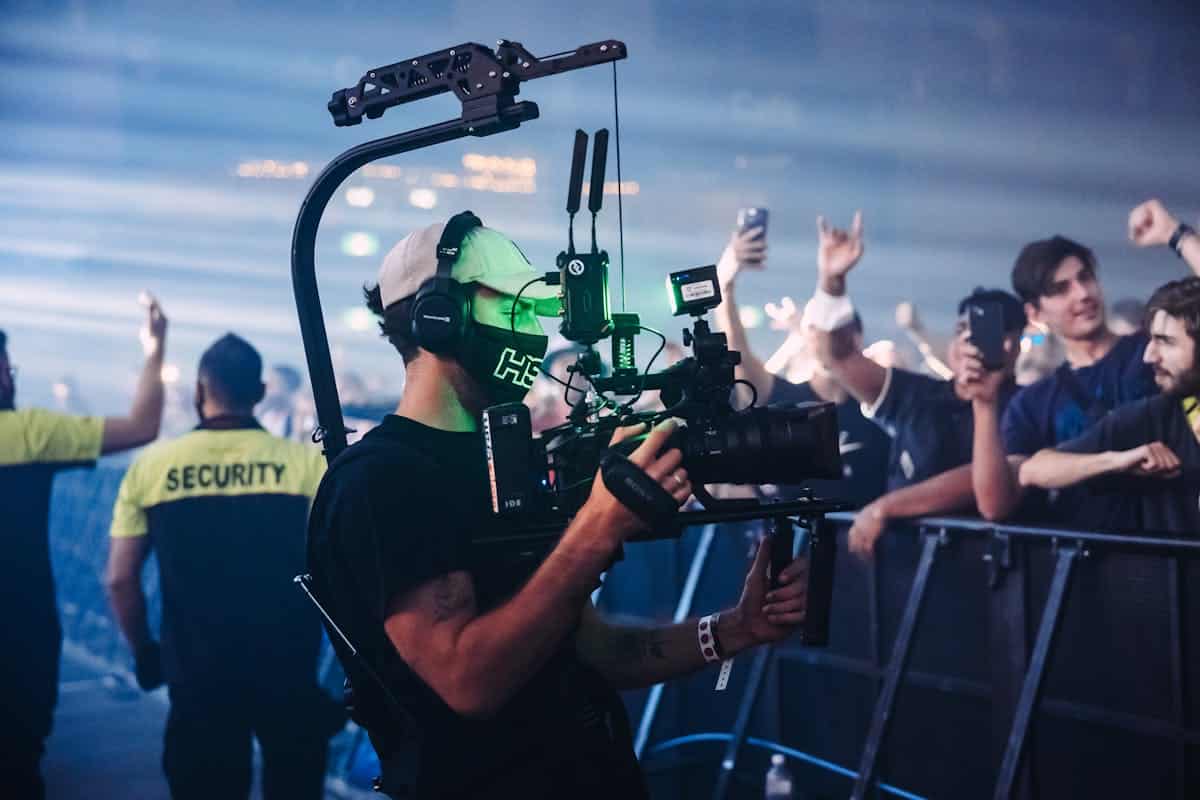Table of Contents
Planning a significant event can be exciting, but it also comes with the responsibility of keeping everyone safe. From concerts to festivals, security must be a top priority to create a welcoming atmosphere without sacrificing safety. In today’s world, where large gatherings are common, effective security measures are crucial for preventing problems and ensuring everyone feels safe.
To ensure successful event security, focus on good planning, thoughtful actions, and using the right tools. Adequate security not only protects against threats but also creates a positive environment for enjoyment.
Here’s how to improve security at large events.
Collaborative Planning
Collaboration is essential when planning a large event. Work with local law enforcement and security experts to get helpful advice for your specific situation. They can assess risks and suggest strategies that suit your venue and audience. This teamwork ensures everyone is prepared to handle any issues that arise.
Involving team members from different departments is also essential. Those who manage logistics, guest services, and emergency plans should communicate openly. Considering every aspect creates a security plan that can quickly adapt to changing situations.
Walk-Through Metal Detectors
A walk through metal detector system is important for keeping events safe. They allow guests to enter smoothly while checking for banned items, helping everyone feel secure from the start. Their presence offers adequate security and doesn’t overwhelm guests.
Setting up the detectors efficiently helps keep lines moving, reducing wait times while ensuring everyone is checked. Attendees appreciate the quick process, knowing their safety is a priority for the event organizers. This approach builds trust and can improve the overall atmosphere of the event.
Visible Staff Presence
Having visible security personnel enhances safety at events. A well-uniformed security team can deter potential problems just by being present. People feel more comfortable knowing that a skilled team is available to help. It’s about creating an environment where attendees can enjoy themselves without worry.
Training staff to understand their security role is vital. They should recognize suspicious behaviour, manage crowds effectively, and respond quickly to concerns. Staff should also be friendly; they are part of the event experience, helping everyone feel welcome and safe.
Access Control Systems
Controlling access to different areas at an event is crucial. Whether it’s VIP sections, backstage, or restricted zones, effective access control systems ensure only authorized individuals enter specific areas. Using technology like RFID wristbands or badges can speed up this process.
Designated entry points reinforce boundaries and allow for controlled monitoring, reducing unauthorized access. This method improves security and helps manage attendee flow, making the event experience smoother.
Surveillance Cameras
Adding surveillance cameras is a smart way to improve security. Cameras allow security teams to monitor the venue in real-time and quickly spot any potential issues. They act as a deterrent to misconduct and provide valuable footage for reviewing the event later, helping identify areas for improvement.
Placing cameras strategically enhances visibility and coverage. Reducing blind spots is important in crowded places. This creates a sense of safety for attendees, as they know their well-being is being monitored effectively.
Emergency Response Planning
Having a solid emergency response plan is crucial for large gatherings. Knowing potential emergencies, like bad weather or medical issues, and having a clear plan helps everyone respond quickly. Working with local emergency services and practicing drills before the event prepares staff and security teams.
Training all staff on how to handle emergencies boosts confidence. Clear communication between team members and law enforcement also speeds up emergency responses. Being prepared means less disruption and keeps attendees safe.
Engagement with Attendees
Engaging attendees about safety increases security. This can include clear signage, easy access to safety information, or having a staff member available to answer questions. When attendees know what to expect, they are less likely to panic in emergencies.
Using social media and event apps to share real-time safety updates helps create a safer environment. Being open with attendees about security measures builds trust and comfort throughout the event.
Post-Event Evaluation
Finally, evaluating the event after it ends is key for improvement. Getting feedback from attendees and staff about security helps identify what worked and what needs to change. Understanding how effective the security plan was can guide future events.
Reviewing and discussing security issues with the team leads leads to better strategies for future gatherings. The aim is to create a security approach that evolves with new challenges.


